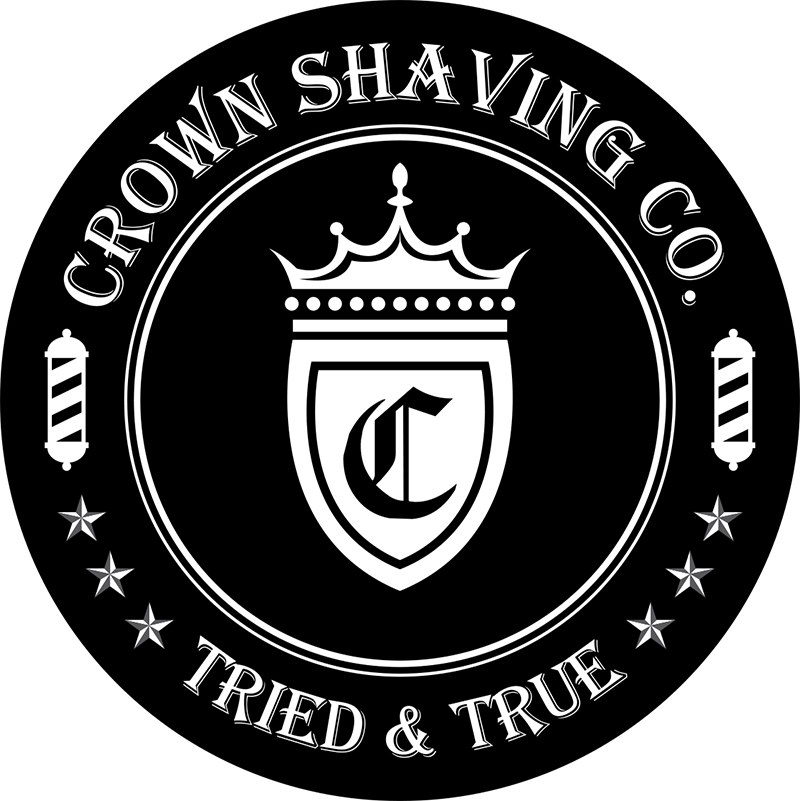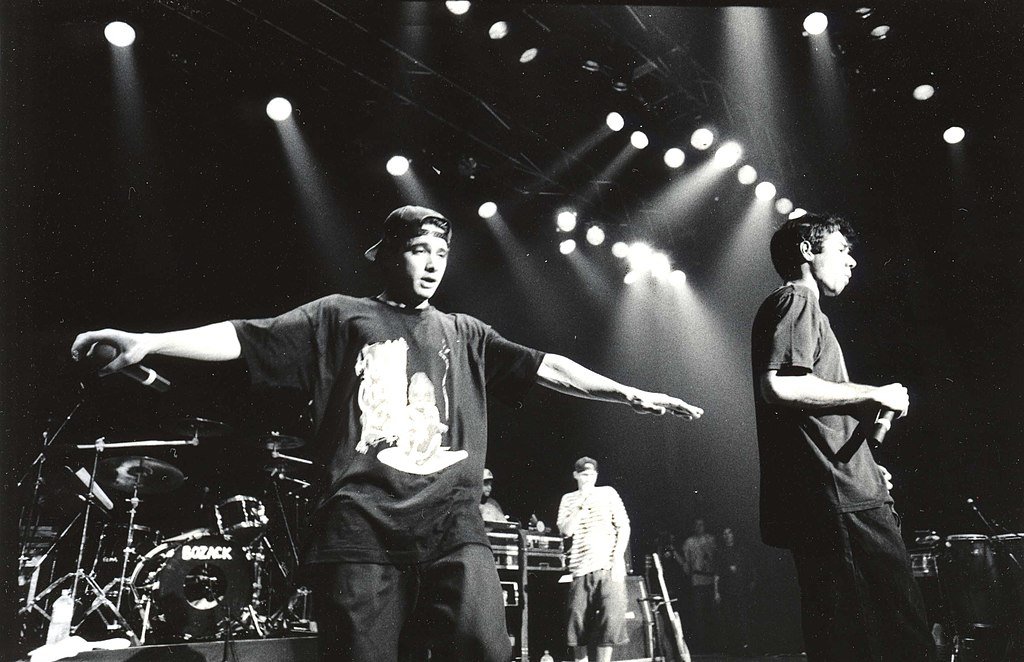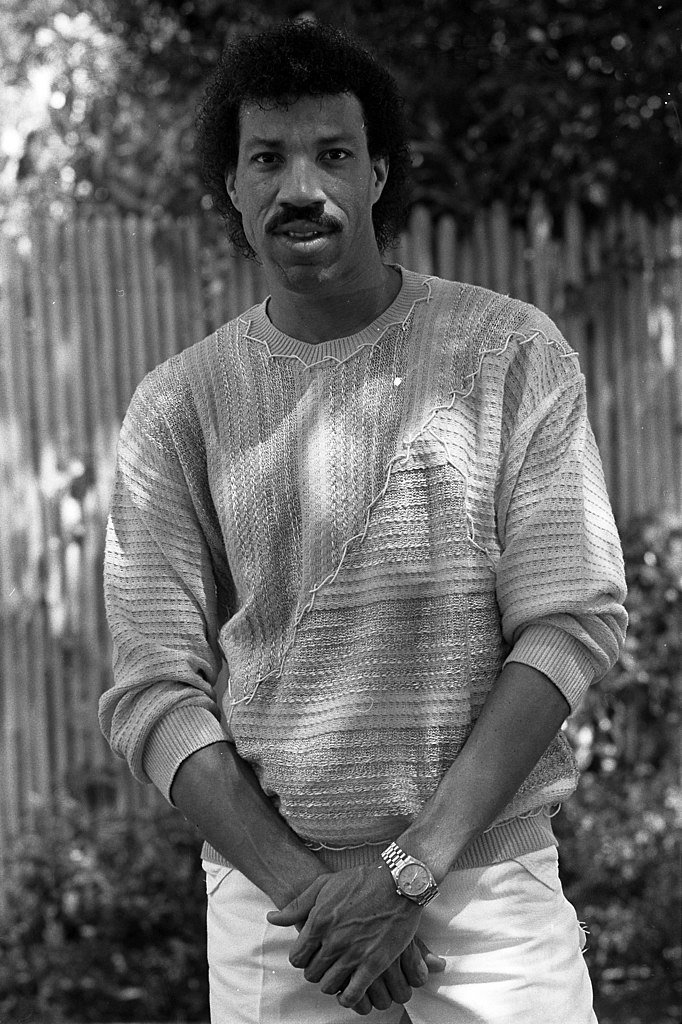Good Mullets, Bad Mullets, And the Nothingness in Between
Sketch: Johannes Hemmerlein | Wikimedia Commons
Every few years, purveyors of popular culture will tell you the mullet is back.
You can count on this like you can count on recessions.
“The mullet is back,” they’ll shout. “Here are some celebrities wearing them. See?”
Whether it’s fashion editors, movie makers, or trendsetters (how painful is it to read those titles?), people of influence have always had their way with the mullet. No, there’s nothing inherently wrong with trends. Trends that last earn their immortality. Others, like sperm-killing skinny jeans, don’t. Natural selection. That’s life.
To many who push what’s mainstream, mullets are for the kid’s table. The unsung mullet doesn’t get taken as seriously as it should, though that’s not its fault.
For every iconoclast who made the mullet look good, like a younger, early 2000s version of Radiohead frontman, Thom Yorke, pop culture would always counter with Joe Dirt and Kenny Powers.
Radiohead’s Thom Yorke rocking out in May 2008, mullet and all.
Photo: Wikimedia Commons
There was a time the mullet rode a tidal wave of popularity, and that wave peaked in the ‘80s during the hairstyle’s dalliance with NHL hockey. Remember young Jaromir Jagr’s hair? That thing was a renaissance unto itself, though his lineman, Mario Lemieux, sported a respectable one of his own.
The ‘80s were a good time for the mullet, but like the oft-misunderstood moustache, the mullet has since lived trapped in a tug of war between irony and legitimacy, and like the great white shark, it’s seen sunshine, hell, and everything in between—yet it still lives.
This isn’t the first time we’ve mentioned the mullet; We published a small guide to short haircuts last summer in which the new mullet was featured. Think something sleek, with tidy sides and a length that doesn’t cross the nape (the back of your neck).
The one and only Beastie Boys, live in Kawasaki, Japan circa September 1992. By this time, the New York emcees traded the mullets for skater threads and backwards ball caps.
Photo: Masao Nakagami | Wikimedia Commons
Fact: The modern mullet owes its moniker to hip-hop gods, Beastie Boys (rest in peace, Adam Yauch), whose fourth studio album — 1994’s Ill Communication — features a track called “Mullethead.” In it, the New York natives summon the same punk rock power that fuelled everyone’s favourite, Sabotage, for a true ode to long backs and short sides. Check out this one verse:
“Yeah
You're coming off like you're Van Damme
You've got Kenny G in your Trans Am
You've got names like Billy Ray
Now you sing "Hip-Hop Hooray"Put your Oakley's stone wash on
Watching MTV and you watch on
A number one on the side and don't touch the back
And number six on the top and don't cut it wack, JackMullet head, don't touch the back
Cut the sides, don't touch the back
Cut the sides, don't touch the back
Cut the sides and don't touch the back”
Groundbreaking musicians like Lionel Richie took the idea of a mullet and fused it with what mother nature gave him, and the result was known as the “jheri” curl (pronounced like the name Jerry). Early ‘80s Michael Jackson rocked this cut, too, and it looked just as good on him as it did on Richie. Jheri curls aren’t technically mullets, but the two shared similarities too obvious to ignore.
Photo: Multi-award winning singer and owner of an exemplary jheri curl, Lionel Richie (circa 1984)
The mullet has always had its moments, but we propose it now sit at the adult table. Let’s no longer confine mullets to contents of redneck jokes and halloween outfits. Remember what we said about natural selection? This haircut’s survived eons, literally; Four years ago, possible evidence of the mullet’s origin was discovered when a National Trust archeologist dug up a small figurine of a mullet-sporting man in Royston, England (situated 50 miles north of London). The artifact may prove denizens of first century Britain rocked these mullets with no abandon. Maybe that’s where Rod Stewart found his inspiration.
The Good Kind of Mullet
Standing in the face of doubt is the now acceptable — dare we say even stylish — mullet.
No, we’re not using the term “shullet,” one that's been tossed around the industry of late. Think a ‘70s shag cut melded with a mullet. Some are even anointing it the modern mullet, which is fine, but “shullet” is not. As a word, shullet’s got the life expectancy of a housefly, and you know it.
When pulled off, a well-cut mullet equates to a quadruple axel nailed with terrifying precision. The sight of one’s at once disarming and entrancing. We’re not calling this thing a unicorn, but if you do, we won’t stop you.
Here’s a good way to tell a good mullet from a bad one: A good mullet, like any good haircut, is subtle; Its sides — typified by a shortness that anchors contrasting length at the back — can be either faded or trimmed with scissors to complement an overall tapered cut.
Take this mullet in that pic just below, courtesy of a barbering friend of ours, James “Jimmy” Giroux. Jimmy’s part owner of a barbershop-meets-salon concept in Sudbury called Collective Haus. For you veterans around here, you’ll remember we’ve dropped Jimmy’s name a few times by now.
Photo: Collective Haus
“That particular mullet was a lot of fun,” confessed Giroux. “The guy who wears it is a barber and he allowed me to basically do what I wanted. That said, it’s a mid-ish taper that starts at about 6mm (or a “number two” for clipper length) at its longest point and goes down to .5mm (or a triple 000). The top was cut to slick back into pompadour, side part, or even a middle part. The back was cut to the client’s desired length and texturized with shears to unlock the his natural curls and texture.”
Giroux finished the cut off with a couple spritzes of our Hair Grooming Spray, which gives any kind of length a nice, natural hold—no firmness, and lots of malleability.
The Bad Kind of Mullet
Sometimes, beauty does, in fact, live in the eye of its beholder. And sometimes, you see a mullet so spectacularly bad it phantom punches you in the gut.
Envisage the image of the greasiest bastard you can, and give him a long, curly, split end-infested tail that ends at his mid-back. Besides being too long, we’re talking about something hardly trimmed and lent all the love of an abandoned couch.
A bad mullet moans for attention in all the wrong ways.
Like someone clad in fads, a bad mullet tries too hard to be itself.
But if there is a mullet we just can’t endorse, it’s the “skullet,” a outright abomination so brutal on the eyes it couldn’t be shown here. Envision a head buzzed everywhere save for the back, from which typically a cascade of carnage will spew forth.
Punch skullet into a search engine and clutch your pearls, if you dare.
En fin
The mullet’s current popularity may have nudged it toward total acceptance, but there’s an attitude about the cut that’ll preserve its pedigree to polarize taste; The mullet’s one of hair’s black sheep, and that’s a good thing. We need these kinds of hairstyles. They add spice and verve to what’d otherwise be a world of straightedged boredom.
But there is something wrong with shackling the mullet with the indignity of permanent irony. Today, the mullet sits among the best in the game, as it should.
Caveat: If you want to give a mullet a whirl, consult your barber or stylist’s opinion first. Like we always say—when choosing a haircut, face shape matters most. You don’t want a cut that won’t flatter your visage, and a good stylist has the balls to tell you which won’t without caring about your feelings.
But if there’s a truism we can take from all this, it’s this: There’s a way to wear a mullet and there’s a way not to wear one. You’ll know when you see one or other.
225 mL/ 8 fl oz.
This lightweight, life-saving spray is as versatile as it gets, and sans the noxious fumes of an actual hairspray:
Use it as a pre-styling agent — just before blow drying — for added volume and extra hold.
Work a little through dry hair and watch that pliable texture take form.
How To Use It: Spray this onto your hair when it’s towel-dried, ensuring it’s held no closer than six inches from your head, then blow dry those locks before styling them. For a subtler look, spray some onto dry hair then style it with your fingers (and don’t overthink it). Expect a solid, yet maleable hold that can be restyled throughout the day with nothing more than a little water.
Ingredients: Water/Aqua/Eau, Ethanol, VP/VA Copolymer, Hydrolyzed Wheat Protein, Hydrolyzed Wheat Starch, Glycerin, Tasmannia Lanceolata Fruit/Leaf Extract, Propanediol, PVP, Panthenol, Butylene Glycol, Helianthus Annuus (Sunflower) Seed Extract, Melia Azadirachta (Leaf) Extract, Fragrance/Parfum, Polysorbate 20.







